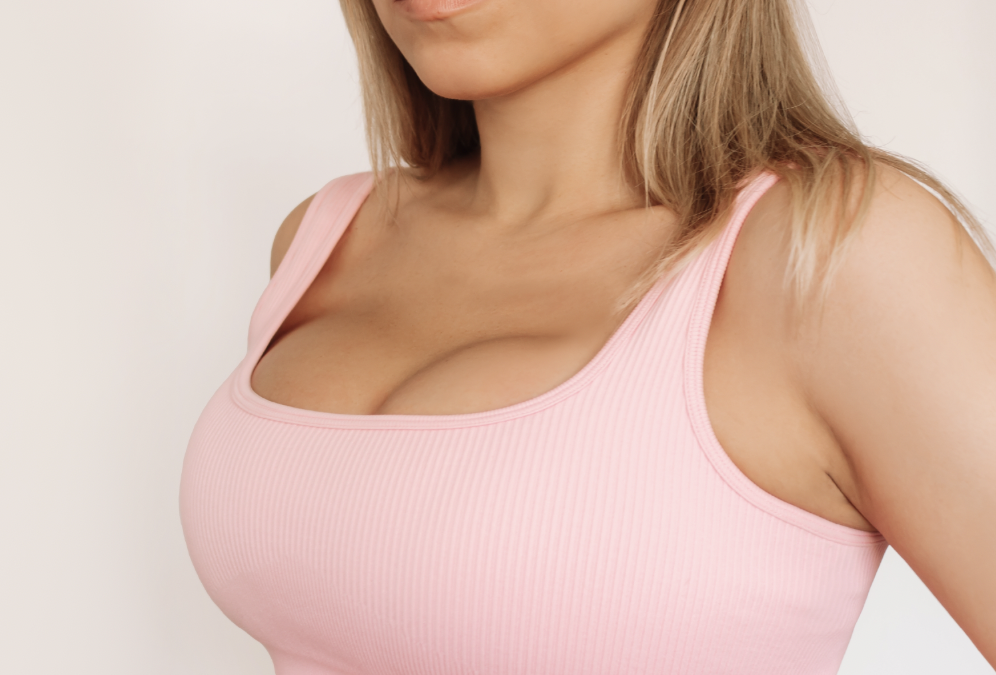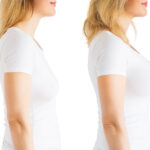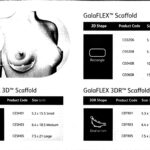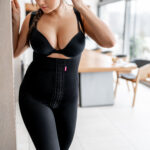The Ideal Woman’s Breast: A Scientific, Cultural, and Personal Perspective
Introduction
The ideal woman’s breast has been a subject of fascination, debate, and admiration across different cultures and historical periods. From scientific studies on symmetry and proportion to cultural beauty standards and personal preferences, the concept of the perfect breast is far from universal.
While some believe that a specific size, shape, or proportion defines the ideal breast, research suggests that factors like symmetry, natural proportions, and personal confidence play a more significant role in breast aesthetics. In this article, we explore the science, cultural influences, and modern perspectives on what makes the ideal female breast.
- The Science of Breast Aesthetics
1.1. What Do Studies Say About the Ideal Breast?
Scientific research suggests that certain proportions, symmetry, and shape contribute to the perception of an attractive female breast. A widely cited study published in Plastic and Reconstructive Surgery found that the most aesthetically pleasing breasts have:
✅ A 45:55 ratio – The upper pole of the breast makes up 45% of the volume, while the lower pole accounts for 55%. This creates a natural teardrop shape, considered the most attractive (Mallucci & Branford, 2014).
✅ Slight upward nipple positioning – The ideal nipple position is slightly above the midpoint of the breast, giving a youthful and perky appearance (Mallucci et al., 2012).
✅ Moderate size and symmetry – Studies show that moderate-sized, symmetrical breasts are often rated as more attractive than overly large or small breasts (Swami et al., 2017).
✅ A proportionate waist-to-breast ratio – Research indicates that breast attractiveness is enhanced when paired with a low waist-to-hip ratio (0.7), emphasizing overall body balance (Singh, 1993).
1.2. Why Symmetry Matters
Breast symmetry has long been associated with attractiveness. A study published in Aesthetic Surgery Journal found that women with symmetrical breasts tend to be perceived as more attractive, even if their breast size is average (Dixson et al., 2011).
However, it’s important to note that no natural breasts are perfectly symmetrical—a slight difference in size and shape is completely normal.
- Cultural and Historical Perspectives on the Ideal Breast
2.1. Changing Beauty Standards Over Time
Throughout history, the ideal breast size and shape has changed based on cultural influences:
- Ancient Greece & Rome (500 BCE – 476 CE) – Small, firm, high-set breasts were idealized, as seen in statues of goddesses like Aphrodite.
- Renaissance Era (15th-17th century) – Full, natural breasts were admired, symbolizing fertility and motherhood.
- 1920s (Flapper Era) – Flat-chested figures became fashionable, with many women binding their breasts to achieve a more boyish look.
- 1950s (Hollywood Glamour) – Curvaceous, full-busted figures, inspired by Marilyn Monroe and Sophia Loren, became the gold standard.
- 1990s-2000s (Supermodel Era) – Smaller, perky breasts were in style, influenced by Kate Moss and the athletic fashion trend.
- 2010s-Present (Body Positivity Movement) – The focus has shifted toward natural diversity, where all breast shapes and sizes are celebrated.
2.2. Global Differences in Breast Preferences
Breast attractiveness also varies by culture:
🌎 Western Countries – Tend to favour moderate to larger-sized breasts, often enhanced by push-up bras or implants.
🌏 Asian Cultures – Generally prefer smaller, more natural-looking breasts, in line with the preference for a petite frame (Swami et al., 2017).
🌍 African & Latin American Regions – Fuller, rounded breasts are often seen as more attractive, with a preference for curvier body types.
These cultural variations highlight the subjectivity of beauty standards—there is no single “ideal” breast size or shape.
- Ideal Breast Shape and Size: Science vs. Personal Preference
3.1. What Is the Most Preferred Breast Size?
A study conducted by the University of Cambridge surveyed men and women across different regions, and the results showed:
- C-D cups were considered the most attractive, as they offer a balance between fullness and proportionality.
- Exaggeratedly large or very small breasts were rated lower in attractiveness.
- Body proportions mattered more than absolute size—a woman’s overall frame influenced perceptions of breast beauty (Swami et al., 2017).
3.2. The Ideal Breast Shape
While breast size is often debated, shape plays a bigger role in aesthetics. The most preferred breast shapes include:
✔ Teardrop Shape – Naturally full at the bottom with a gentle slope on top, considered the “golden standard” by plastic surgeons.
✔ Round Shape – Evenly full and perky, often associated with youthfulness.
✔ Natural Shape – Slight asymmetry and a gentle sag, reflecting real, unaltered breasts.
Ultimately, personal preference and natural variation play a major role in determining what is “ideal” for each woman.
- The Role of Plastic Surgery in Achieving the Ideal Breast
4.1. Breast Augmentation and Reduction
Plastic surgery has allowed women to enhance or modify their breasts based on personal preferences. Common procedures include:
- Breast augmentation – Enhances size and shape using implants or fat transfer.
- Breast reduction – Reduces breast size to alleviate discomfort or match body proportions.
- Breast lift (mastopexy) – Elevates sagging breasts for a more youthful look.
4.2. The Trend Toward Natural-Looking Results
A study in Plastic and Reconstructive Surgery found that women now prefer moderate, natural-looking enhancementsrather than extreme enlargements (Mallucci & Branford, 2016).
This shift highlights the growing emphasis on proportion, health, and comfort over unrealistic beauty standards.
- The Modern Perspective: Beauty Is Subjective
With the rise of the body positivity movement, the focus has shifted from a universal ideal to individual self-acceptance. Many women today prioritize:
✅ Comfort over aesthetics – Choosing breast sizes that suit their lifestyle and personal style.
✅ Functionality – Considering how breast size affects back pain, posture, and daily activities.
✅ Self-confidence – Feeling beautiful in their natural form, regardless of trends.
A survey by the International Society of Aesthetic Plastic Surgery (ISAPS, 2021) found that while breast augmentation remains the most popular cosmetic procedure, more women are opting for subtle, natural resultsrather than extreme enlargements.
- Conclusion: There Is No One “Ideal” Breast
The ideal female breast is not a fixed standard—it is shaped by biology, cultural influences, and personal preferences. While science suggests that moderate size, symmetry, and a teardrop shape are considered attractive, beauty ultimately lies in individual confidence and self-acceptance.
Today, the most important factor in breast aesthetics is what makes each woman feel comfortable and beautiful in her own body—whether natural, enhanced, small, large, symmetrical, or asymmetrical.
True beauty is about embracing what makes you unique.
References
- Dixson, B. J., et al. (2011). Men’s Preferences for Women’s Breast Size and Shape in Different Cultures. Evolution and Human Behaviour, 32(6), 464-471.
- Mallucci, P., & Branford, O. A. (2014). Concepts in Breast Aesthetics: The 45:55 Ratio. Plastic and Reconstructive Surgery, 134(2), 290-298.
- Singh, D. (1993). Adaptive Significance of Female Physical Attractiveness: Role of Waist-to-Hip Ratio. Journal of Personality and Social Psychology, 65(2), 293.
- Swami, V., et al. (2017). The Influence of Breast Size on Perceptions of Attractiveness and Health: Cross-Cultural Evidence. Aesthetic Surgery Journal, 37(4), 421-429.










